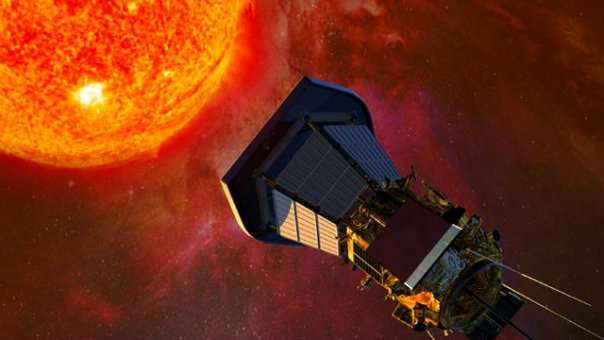| Dr. Justin C. Kasper - Murchison Wide-field Array (MWA) | Featured Topic | |||
|
The Murchison Widefield Array (MWA) is an 8,000-antenna, 80-300 MHz, imaging radio array under construction in Western Australia. MWA is composed of hundreds of "tiles", which are 4 by 4 arrays of dipole antennas. Some of the key performance features of MWA are a large field of view (up to 50 degrees), high sensitivity (11,000 square meters of collecting area at 150 MHz), and accurate real-time polarization and intensity calibration. Key science projects of the MWA are understanding structure in the early universe through the detection of the Epoch of Reionization and remote imaging of magnetic and density structure in the solar corona and inner heliosphere. The performance required to meet the goal of our solar and cosmology science goals also makes MWA well-suited for blind searches for astrophysical radio transients. For more information about MWA, including the status of the project and recent results, visit the main MWA web site here I am a member of the Solar, Heliospheric, and Ionospheric (SHI) science consortium for MWA. I am interested in using Faraday Rotation as a remote means of determining the magnetic field of the corona, solar wind, and corona mass ejections (CMEs). I am also interested in using MWA to look at solar radio bursts and to study the ionosphere. Over the years I have served as vice-chair of the SHI consortium, and as chair. I was also chair of the overall MWA Science Council for a couple years. |
On the Radio: The Breathtaking Power And Beauty Of The Sun The science, destruction, and beauty of the solar storm that's been blasting earth - from the breathtaking Aurora Borealis to future exploration of the sun itself. I was a guest for a one hour episode of WBUR talk show On Point with Tom Ashbrook. Stream the show and read background material on the Sun here. --- NASA Science News: Solar Wind Energy Source Discovered NASA wrote a news story based on a recent paper we published in Physical Review Letters on heating of the solar corona and solar wind. Click here for the NASA article. | |||




